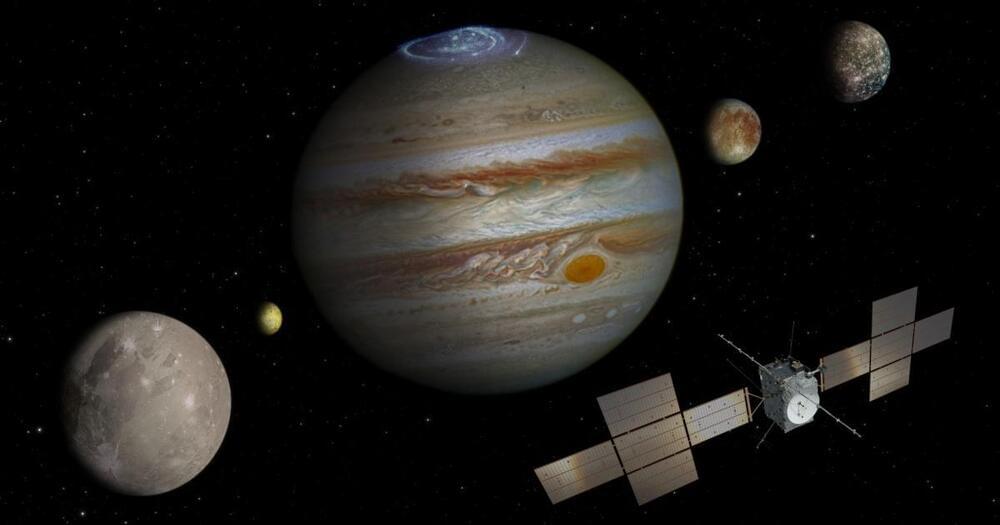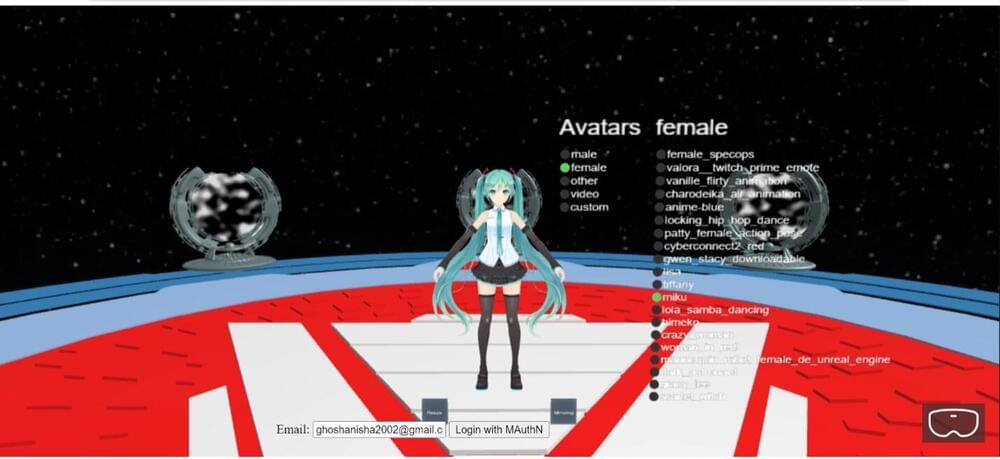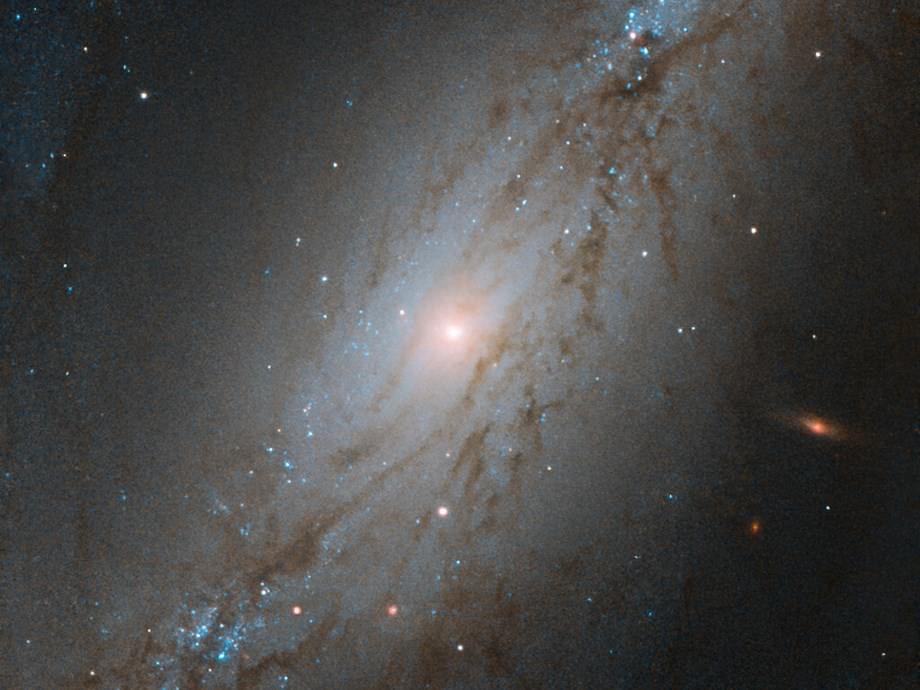Despite its recent blowback, Web 3.0 offers a more interconnected and productive society.
The next significant development for the internet and all it governs is Web 3.0. To improve user experience, it will make use of artificial intelligence. In addition, blockchain technology will enable the service to be backed by decentralized networks since Web 3.0 is the fundamental framework for cryptocurrencies like Bitcoin and Ethereum. This will be a revolutionary move that might significantly influence businesses and how they function, as well as individual users. For instance, site owners won’t have to rely on larger businesses like Amazon (AWS) and Google to buy server space.
Web 2.0 – the current version of the internet – has grown overly centralized, with a small number of large technology businesses and government organizations controlling the industry. Web 3.0, which promises a decentralized online ecosystem built on the still-emerging blockchain, will be the third iteration of the internet. Web 3.0 was first coined in 2014 by a computer scientist named Gavin Wood also helped create Ethereum, the decentralized blockchain system that powers the ether coin.
The main problem with Web 2.0, according to Wood, is trusting the people who run the services. “We’ve managed to build ourselves into this fairly dystopian picture of what the world could be,” he said in a podcast with CNBC. This is why many believe Web 3.0 – with its focus on decentralization – will provide a more democratic and dispersed view of the internet. Additionally, it’s touted as an essential component of the emerging metaverse, an immersive online universe. While some are skeptical and refer to Web 3.0 and the metaverse as primarily a marketing project and even as a pyramid scheme, other venture investors are pouring billions of dollars into this futuristic vision. However, the idea is reportedly also opposed by many in the tech world, including Elon Musk and Jack Dorsey, the former CEO of Twitter.
For many Web 3.0 supporters, the past few months have brought a harsh awakening: the market prices of significant cryptocurrencies have fallen precipitously, the trading volume of non-fungible tokens (NFTs) has slowed, and, most importantly, some pioneer businesses in the field have filed for bankruptcy due to poor risk management and the misappropriation of investor funds. Nevertheless, many argue that business executives should not mistake market volatility or dishonest individuals with the potential applications of digital assets and the technology that support them, even while the debris keeps flying and many retail investors lose their savings.
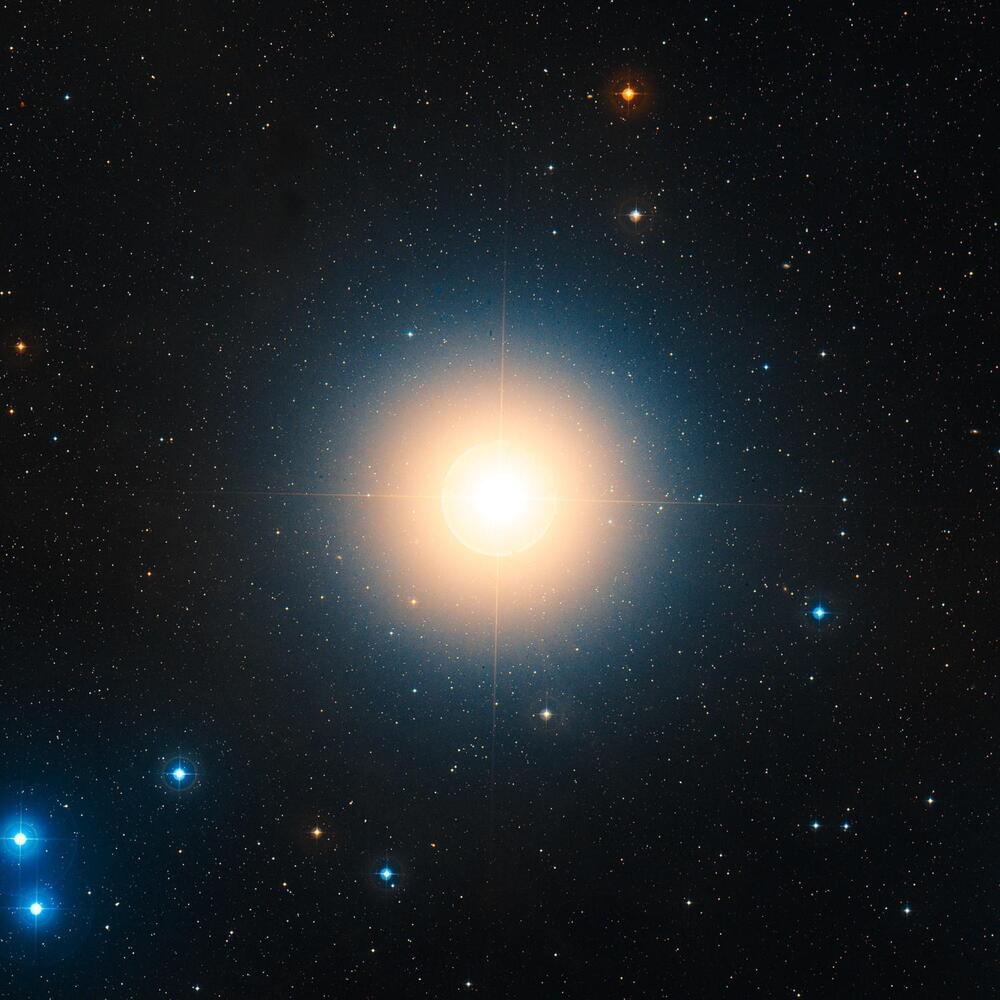

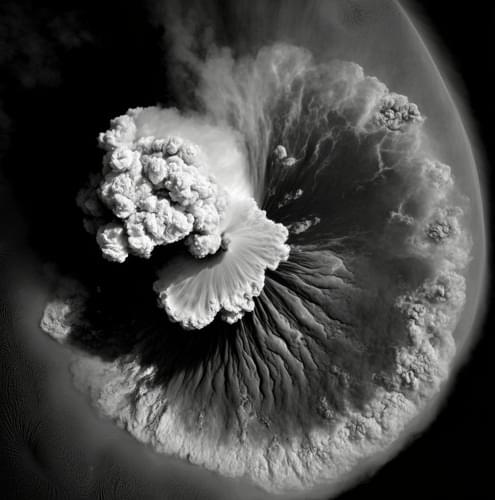 One year ago, the Hunga Tonga-Hunga Ha’apai volcano erupted, causing widespread destruction to the Pacific Island Nation of Tonga. It spewed volcanic material up to 58 km into the atmosphere, brought a nearly 15 m tsunami that crashed ashore, destroying villages, and created a sonic boom that rippled around the world – twice. Even one year on, interest in the extraordinary explosive eruption remains. A sound artist has recently recreated the sonification of the underwater volcanic eruption using rayleigh signal intensity data provided by the Aeolus Virtual Research Environment platform. Using wind data obtained on one of its overpasses over the ash cloud of the Hunga Tonga explosion, Jamie Perera used an audio sample of one of the shock waves, time-stretched it into a ghostly tone, and assigned it to harmonic values transcribed from 90 Aeolus readings taken over a duration of approximately 15 minutes. The listener hears one reading every two seconds, in a harmonic range that spans six piano octaves, the highest of which can be heard at around 01:18 minutes when the readings show the eruption’s dust plume at its highest peak (over 20.5 km). The artistic intention behind the sonification was to evoke the otherworldly landscape of Hunga Tonga and other volcanoes. Sonification credit/copyright:
One year ago, the Hunga Tonga-Hunga Ha’apai volcano erupted, causing widespread destruction to the Pacific Island Nation of Tonga. It spewed volcanic material up to 58 km into the atmosphere, brought a nearly 15 m tsunami that crashed ashore, destroying villages, and created a sonic boom that rippled around the world – twice. Even one year on, interest in the extraordinary explosive eruption remains. A sound artist has recently recreated the sonification of the underwater volcanic eruption using rayleigh signal intensity data provided by the Aeolus Virtual Research Environment platform. Using wind data obtained on one of its overpasses over the ash cloud of the Hunga Tonga explosion, Jamie Perera used an audio sample of one of the shock waves, time-stretched it into a ghostly tone, and assigned it to harmonic values transcribed from 90 Aeolus readings taken over a duration of approximately 15 minutes. The listener hears one reading every two seconds, in a harmonic range that spans six piano octaves, the highest of which can be heard at around 01:18 minutes when the readings show the eruption’s dust plume at its highest peak (over 20.5 km). The artistic intention behind the sonification was to evoke the otherworldly landscape of Hunga Tonga and other volcanoes. Sonification credit/copyright: 